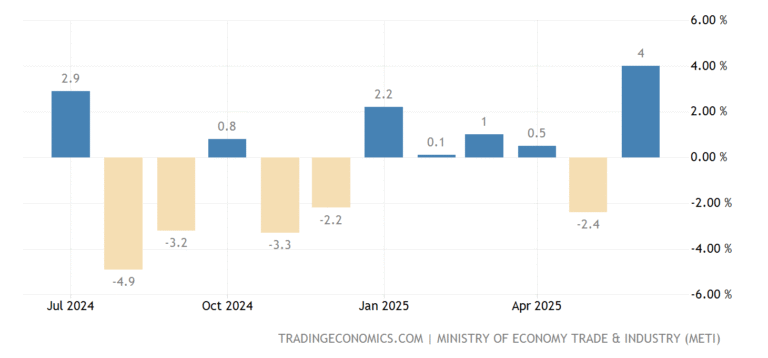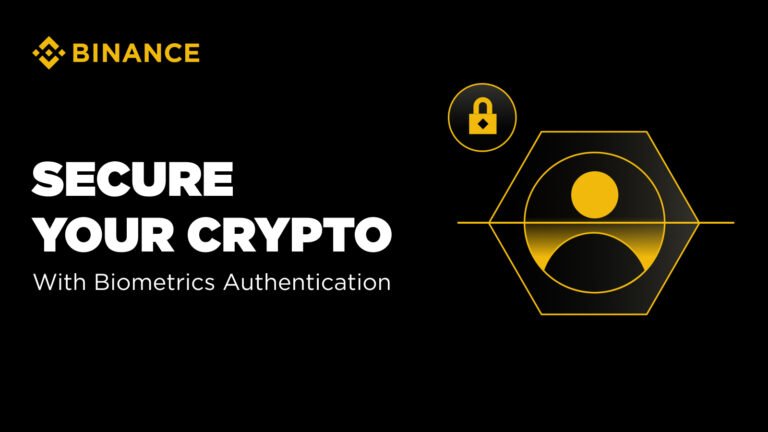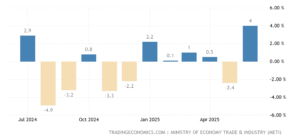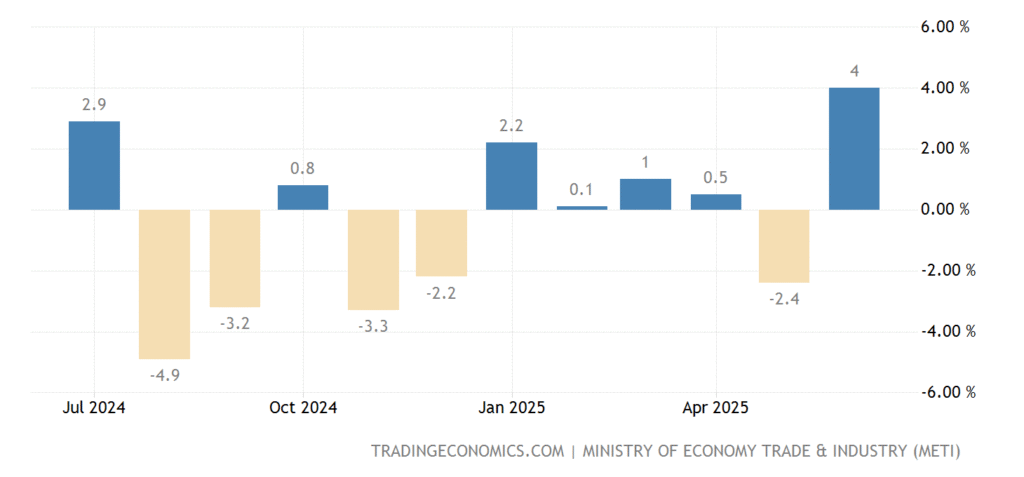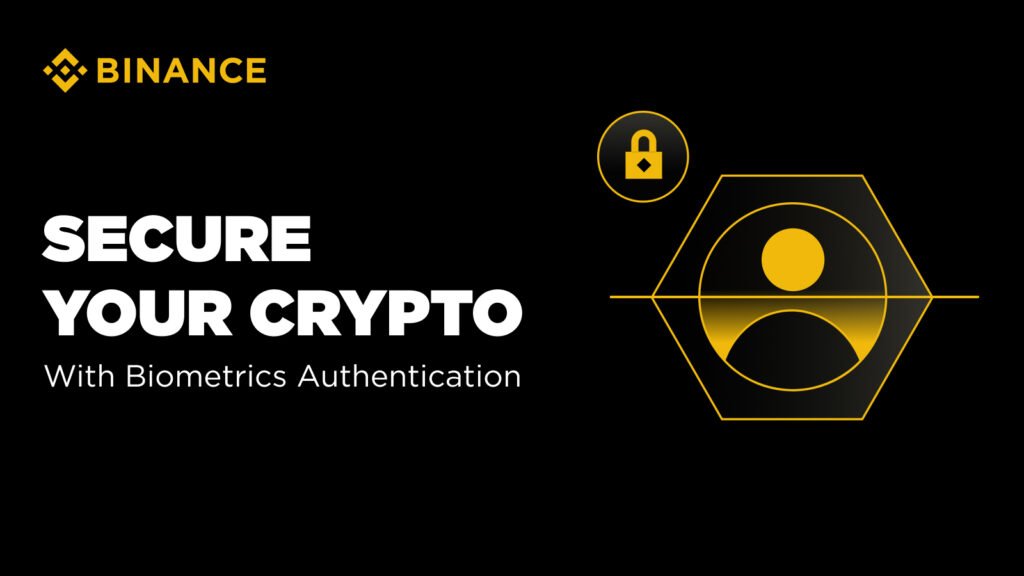In the fast-evolving world of cryptocurrency, staking has emerged as a popular way for investors to earn rewards without actively trading. Unlike traditional mining, staking allows users to participate in network security and governance simply by holding and “locking up” their crypto assets. But what exactly is crypto staking, and how does it work in practice? Understanding this process is essential for anyone looking to grow their digital assets responsibly.
Why Crypto Staking Matters Today
With growing interest in decentralized finance (DeFi) and energy-efficient blockchain networks, staking has gained significant traction. As proof-of-work (PoW) mining faces criticism for its environmental impact, proof-of-stake (PoS) and related consensus mechanisms offer a greener alternative. Investors are also drawn to staking because it provides a more accessible route to earning passive income compared to resource-intensive mining rigs.
The rise of platforms offering integrated staking services — including wallets like Voyallet — highlights the demand for secure, user-friendly ways to participate. As crypto markets mature, staking is becoming a key feature not just for enthusiasts, but for institutional players seeking sustainable returns and network stability.
What Is Crypto Staking?
At its core, crypto staking involves holding a cryptocurrency in a wallet to support the operations of a blockchain network. It is a mechanism used primarily by blockchains that rely on proof-of-stake or its variants (such as delegated proof-of-stake) as their consensus protocol.
Instead of miners solving complex puzzles to validate transactions (as in proof-of-work), validators in a PoS network are chosen to create new blocks based on the amount of cryptocurrency they “stake” as collateral. This approach incentivizes honest behavior since validators risk losing their staked funds if they act maliciously or dishonestly.
Staking typically involves:
- Locking up a certain amount of tokens in a compatible wallet.
- Participating in transaction validation or governance.
- Earning rewards in the form of additional tokens or fees.
How Does Crypto Staking Work?
The process varies slightly depending on the blockchain, but here’s a general overview:
- Choose a Staking Token and Platform
Select a cryptocurrency that supports staking — common examples include Ethereum 2.0 (ETH), Cardano (ADA), Polkadot (DOT), and Tezos (XTZ). Some wallets and exchanges offer built-in staking options, simplifying the process for users. - Lock Your Tokens
When you stake, you commit your tokens to the network, usually by depositing them into a staking contract or delegating them to a validator. During this period, your tokens are typically “locked” and cannot be freely traded or withdrawn until the staking period ends. - Validate and Secure the Network
Validators use the staked tokens as collateral to secure the blockchain. The more tokens staked, the higher the chances a validator has to propose and validate new blocks. - Earn Rewards
In exchange for staking, participants receive rewards, often in the form of additional tokens. These rewards come from transaction fees or newly minted coins, acting as an incentive to maintain network security and performance. - Unstaking and Withdrawal
After a minimum lock-up period, stakers can choose to withdraw their tokens along with accumulated rewards. Some networks require a cooldown period before funds become available.
Different Types of Staking
Staking models vary, and understanding these differences helps investors make informed choices:
- Solo Staking: Running your own validator node, which demands technical knowledge and a significant token stake.
- Delegated Staking: Delegating your tokens to a trusted validator without running a node yourself.
- Pooled Staking: Joining a staking pool where multiple investors combine their tokens to increase chances of earning rewards.
Platforms like Voyallet simplify these options by integrating staking with secure wallets and crypto cards, allowing users to manage investments and staking seamlessly in one place.
The Human Side of Staking
While staking sounds straightforward, real users often encounter challenges. For instance, James, a mid-level investor, found himself overwhelmed navigating different staking options across exchanges and wallets. His experience highlights a common issue: the fragmentation of staking services and the risk of using unreliable platforms.
“Before I switched to a multi-functional wallet, I was juggling several apps and missed out on rewards due to technical errors,” James shared. His story underscores the value of integrated platforms that reduce complexity and enhance security — critical for anyone new to staking.
Risks and Considerations
Despite its benefits, staking is not without risks:
- Market Volatility: The value of staked tokens can fluctuate, impacting overall returns.
- Lock-Up Periods: Funds may be inaccessible for a certain time, limiting liquidity.
- Validator Risk: Delegating to a poorly performing or dishonest validator can reduce rewards or cause penalties.
- Technical Complexity: Setting up nodes or understanding protocols can be challenging.
Therefore, thorough research and caution are essential before committing significant funds.
Actionable Takeaways for Safe Staking
- Research the Blockchain: Understand the staking rules, lock-up periods, and reward mechanisms.
- Choose Reputable Validators or Pools: Check their track record and user reviews.
- Use Trusted Wallets: Platforms like Voyallet offer secure, easy-to-use staking services that integrate investment, staking, and crypto card functions.
- Diversify Your Staking: Avoid putting all your tokens into one validator or pool.
- Stay Updated: Follow network updates and regulatory changes affecting staking.
Looking Ahead: Staking’s Growing Role in Crypto Finance
As blockchain technology advances, staking will likely become an even more critical element of the crypto ecosystem. By enabling token holders to actively participate in network security and governance, staking fosters decentralization and sustainability.
For investors seeking long-term involvement, staking offers a pathway that balances earning potential with network contribution — all while minimizing the environmental costs associated with traditional mining.
In this evolving landscape, leveraging secure, comprehensive tools such as Voyallet can empower users to navigate staking opportunities confidently and responsibly.
If you’re considering staking as part of your crypto journey, approach it with both curiosity and caution. By understanding how it works and choosing the right tools and partners, you can make staking a meaningful and rewarding part of your digital asset strategy.



